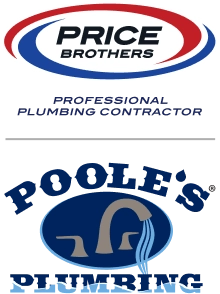How to Diagnose Common Plumbing Issues Yourself
Plumbing issues in your home can range from minor inconveniences to major headaches, disrupting your day-to-day life. Early detection and diagnosis are key to minimizing damage and stress.
Diagnose Common Plumbing Issues
Understanding how to spot and diagnose common plumbing issues allows you to decide whether it's a quick fix or time to call the professionals. Here's a guide to help you identify and diagnose four common plumbing issues: leaky faucets, running toilets, clogged drains, and low water pressure.
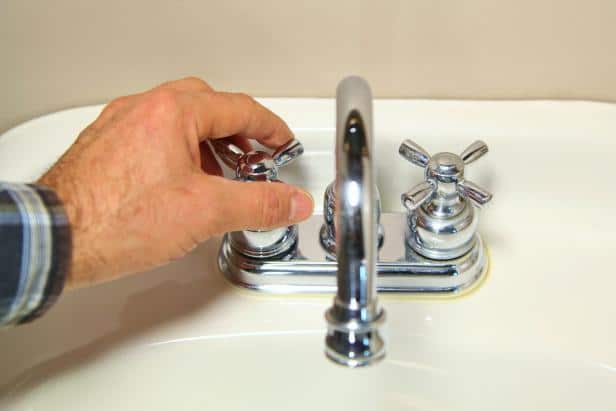
Diagnosis Leaky Faucets
Symptoms:
- Dripping or trickling sound
- Water pooling around the base of the faucet
- Increased water bills
Diagnosis:
Leaky faucets are often the result of worn-out washers or O-rings, the small disks that seal the connection between the faucet and the pipe. Over time, these parts can deteriorate or become loose, allowing a small but persistent water flow to escape.
How to Check:
Turn off the faucet's water supply. Disassemble the faucet handles to access the washers or O-rings inside. Check these parts for signs of wear or damage.
Diagnosis Running Toilets
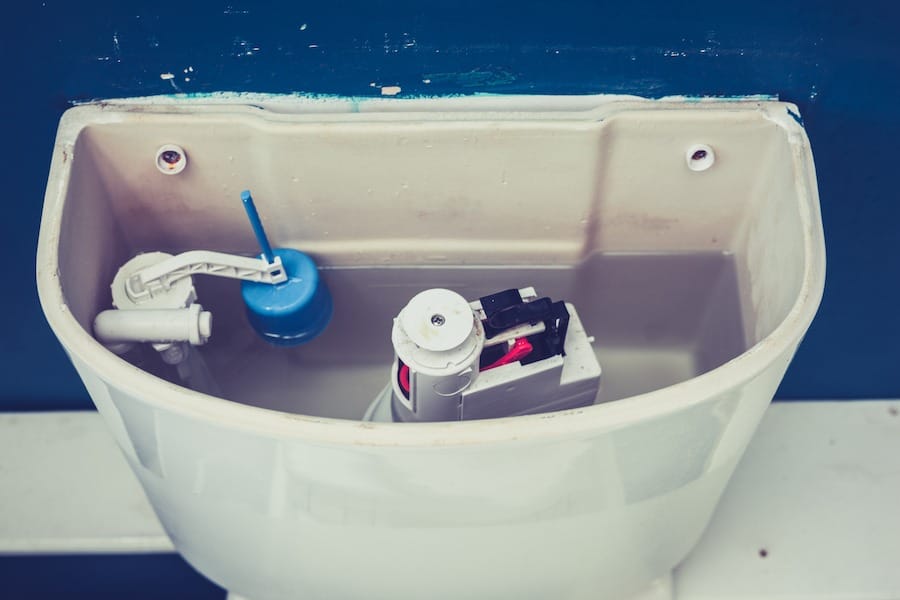
Symptoms:
- Constant running water sound in the toilet
- Frequent toilet tank refills when not in use
- Unusually high water bills
Diagnosis:
A running toilet is often caused by a flapper issue or a problem with the fill valve. The flapper is a rubber seal that stops the water in the tank from entering the bowl. If it's not sealing correctly, water will continuously leak into your bowl, causing the tank to refill repeatedly.
How to Check:
Look at the flapper and inspect it for signs of wear or warping. If it looks damaged, replace it. Also, check the fill valve's adjustment mechanism to ensure it stops the incoming water at the correct level in the tank.
Diagnosis Clogged Drain
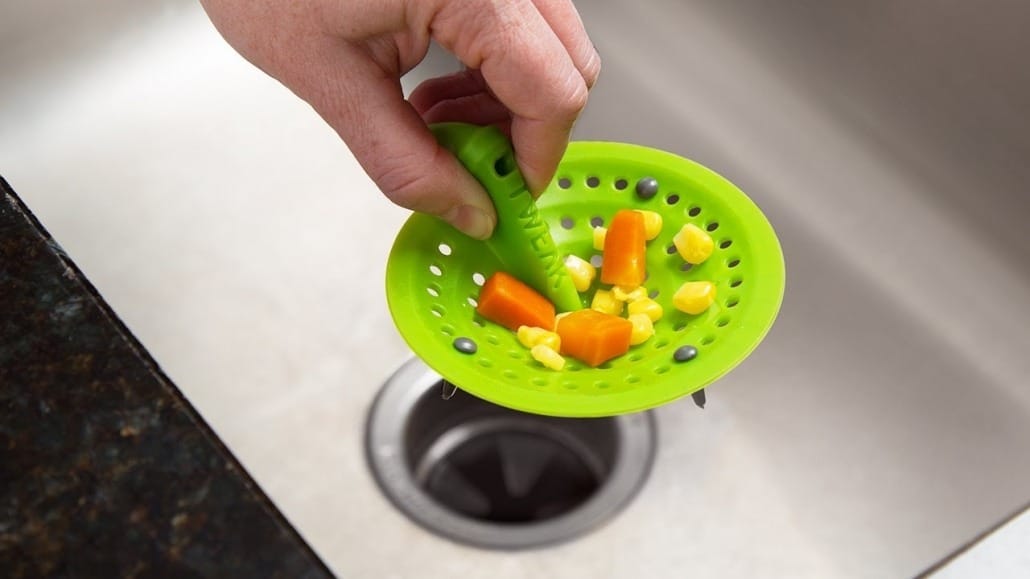
Symptoms:
- Water back up from the sink drain
- Slow drainage in the sink or bathtub
- Gurgling sounds coming from the drains
Diagnosis:
Clogged drains are usually the result of debris buildup, like hair, grease, or soap scum, which obstructs water flow. In kitchens, grease and food particles are common culprits, while bathroom sinks and showers often accumulate hair and soap scum.
How to Check:
Begin by physically examining the drain. Remove any visible obstruction with gloves or a drain snake. A plunger or a chemical drain cleaner (used with caution) may be effective for deeper clogs.
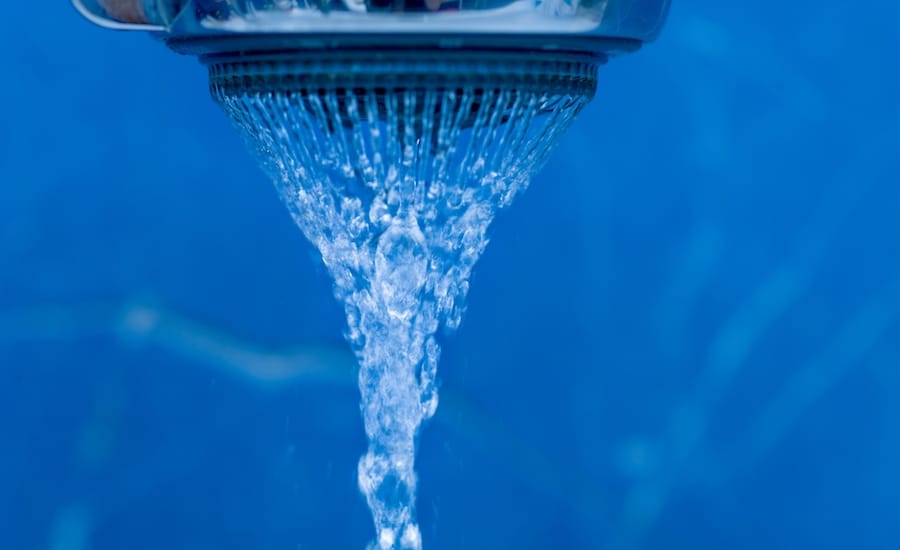
Diagnosis Low Water Pressure
Symptoms:
- When you are experiencing weak water flow from faucets or shower heads
- Difficulty operating multiple water sources simultaneously
- Changes in water pressure at different times of day
Diagnosis:
Low water pressure can stem from clogged aerators, corroded plumbing, or a municipal water supply problem.
How to Check:
First, clean the faucet's aerator - the screen at the end of the faucet - by unscrewing it and removing any debris. If this doesn't improve the pressure, the issue might be more complex, such as a leak or blockage in your home's main pipes.
When to Call a Professional
While some plumbing issues may be remedied by using the DIY approach, others require the expertise of a professional plumber. If you're unsure of the diagnosis, if the problem persists after your initial fix, or if the issue is with your main water line or sewer line, it's time to call in an expert. Attempting complex repairs alone can lead to further damage and costly repairs.
Remember, early diagnosis and appropriate action may save you from experiencing the inconvenience and expense of major plumbing disasters. Stay vigilant, perform regular checks on your plumbing system, and don't hesitate to seek professional help when needed.






